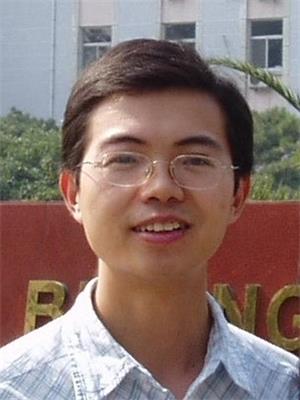Plenary Talk 1: Challenges toward Human Co-existing Humanoids
 Takahide Yoshiike
Takahide Yoshiike
Principal Engineer
Honda Research Institute Japan Co., Ltd., Japan
Date/Time:
Wednesday, November 7, 2018, 9:30-10:30
Location:
Juying Ballroom, Friendship Palace
Chair:
Fumio Kanehiro, National Institute of Advanced Industrial Science and Technology (AIST), Japan
Abstract: Honda has researched on humanoid robots from 1986 aiming at robots which can co-exist with human. In this talk, overview of humanoid robot development in Honda, including ASIMO, is presented. One of the Honda contributions to humanoids research is bipedal locomotion. Therefore, some technical approaches are explained and also some recent achievements are shown, focusing on locomotion itself, transition between different locomotion types, and locomotion with absorbing impact at an unexpected collision.
Biography: Mr. Takahide Yoshiike finished his master at University of Tokyo (Mechano- infomatics) in 1998. He started to work at Honda R&D Co., Ltd. from 1998 and has worked on control of biped robot ASIMO and E2-DR. Now he is principal engineer in Honda Research Institute Japan Co., Ltd. His interest is motion control of humanoid robot including bipedal locomotion.
 Sven Behnke
Sven Behnke
 Abderrahmane Kheddar
Abderrahmane Kheddar
 Darwin G. Caldwell
Darwin G. Caldwell
 Luis Sentis
Luis Sentis
 Zhangguo Yu
Zhangguo Yu